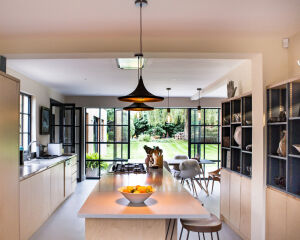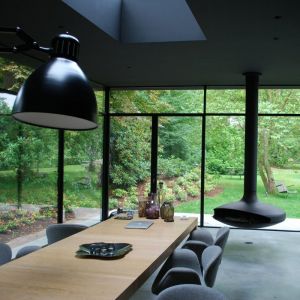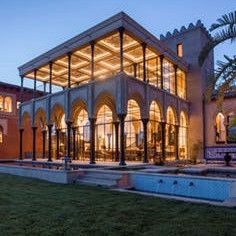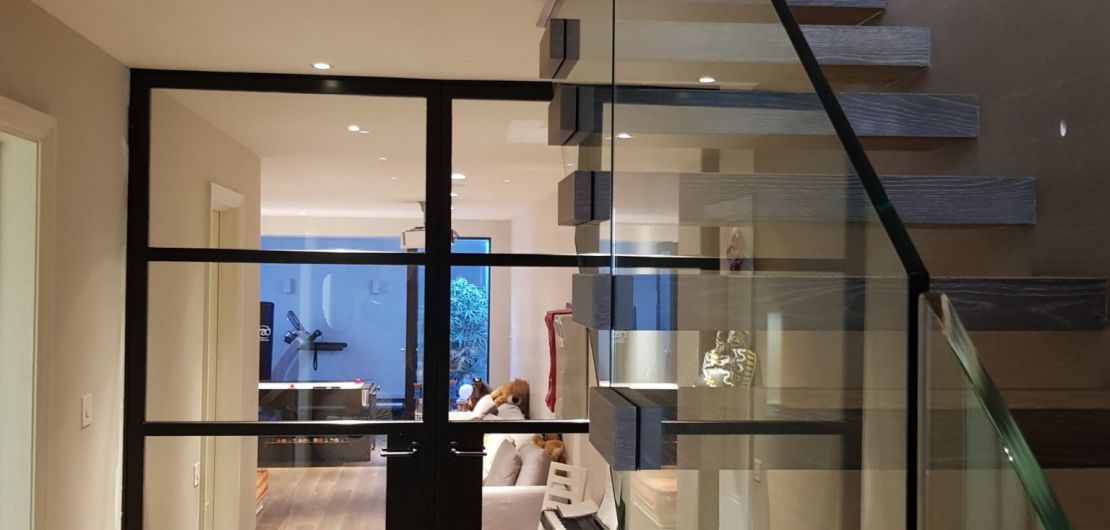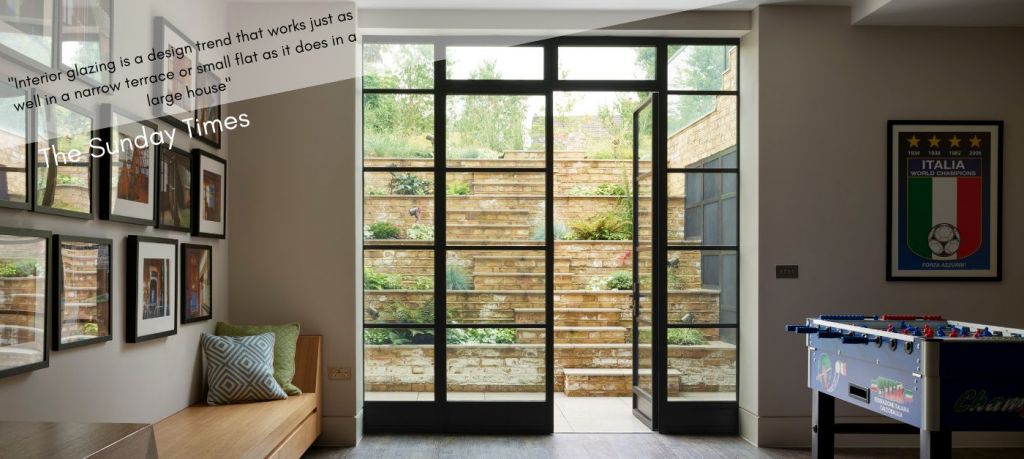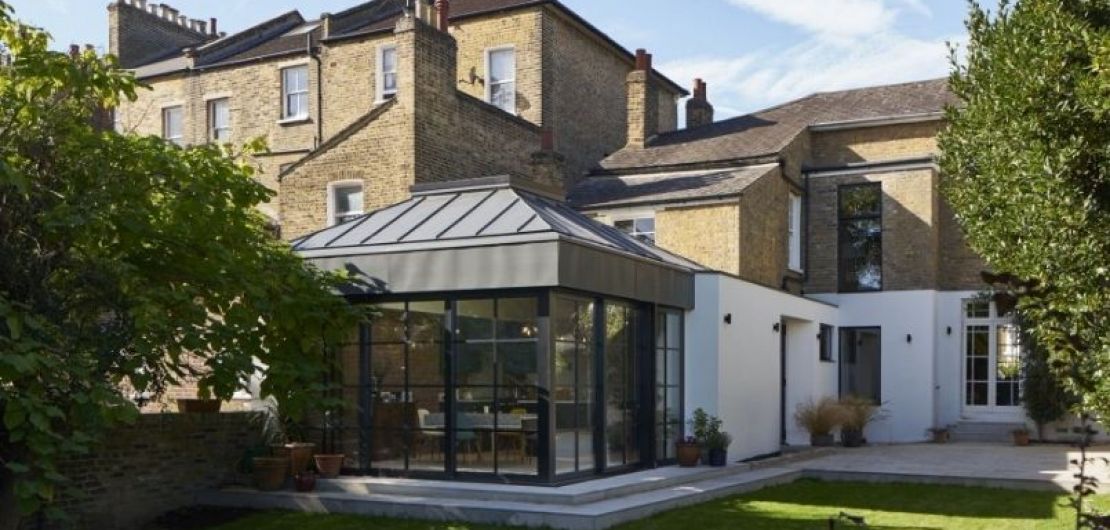 News
News
A Guide to Different Types of Steel
What are the different types of steel, and what are their uses?
There are many types of steel products and finishes on the market, each having different characteristics; this article is designed to collate the necessary information about steel finishes and work as a comprehensive guide. The focus of this article will be Corten Steel, Galvanised Steel and Stainless Steel. It will cover how each type of steel is made, their characteristics and their sustainability.
Steel is one of the most essential materials to construction, architecture and engineering and is one of the most widely used metals in the world. It is strong, recyclable and overall extremely versatile. So, what’s the catch? Steel can be prone to corrosion – this is when the oxygen and water molecules cause a chemical reaction on the material’s surface, breaking the steel down over time. However, this is easily overcome by adding a protective finish to the steel.
Mondrian Glazing offers all three of the aforementioned steels and finishes for the steel-framed windows and doors we manufacture. We are passionate about creating exceptional glazing solutions aesthetically and functionally. Combating weathering successfully is critical to the longevity of the Mondrian products lifespan.
Corten/Weathered Steel

The name Corten is derived from the two main properties of Corten steel, “cor”-rosion resistance and “ten”-sile strength. Corten steel refers to a type of steel that possesses a resistance to atmospheric corrosions like “oxidisation”.
This resistance is due to how the Corten is formed. The first step of creating Corten is the hot rolling process. The steel passes between rollers at very high temperatures, whilst this happens, the iron waste material moves to the surface – this is the protective barrier developing. Occasionally extra alloying elements are added (copper, chromium and nickel) which aid in the development of the protective barrier.
The iron waste materials and alloying materials creates a rust that congeals on the surface of the steel. The iron waste and added alloying elements form a protective barrier, preventing further rusting of the steel underneath.
Many providers offer pre-weathered Corten; this is a valuable feature as this prevents runoff of the Corten staining other surrounding materials. Once the outer iron waste layer has corroded away, the material develops a more stable surface with minimal staining or shedding.
The process of creating a protective barrier saves the initial cost of painting and the maintenance costs for repainting. The Corten also changes colour over time; the colour is slightly dependant on the environment but, over a 40 year period, it starts off as a bright orange-yellow and develops to browning-black colours. The Corten also has an almost regenerative ability; if some of the protective layer is removed, the Corten will regenerate, and a new layer will form over the exposed area.
Steel is known for its sustainability; due to its strength, it can be recycled countless times. The Corten finish increases the lifespan of the steel, increasing its sustainability further, as resources are needed less often for recycling. Depending on the thickness of the steel and weather conditions, it can last up to 150 years.
There are many benefits of using Corten steel, although it should be avoided for projects less than one mile from the beach as the high levels of salt and moisture in the air can negatively impact the protective layer. When salt and moisture are continually deposited onto the steel surface, it tends to maintain a continuously damp environment; this produces the rust product Akaganéite, which in high concentrations can hinder the development of the protective oxide layer.
Galvanised Steel
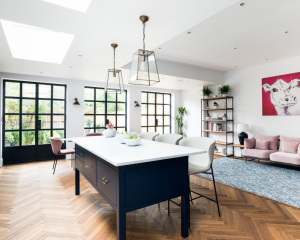
Galvanisation is another form of creating a protective coating for steel. The process is relatively simple; the premade steel is submerged into a zinc coating solution approximately 680 degrees Fahrenheit. After the steel is removed from the Zinc bath, it is cooled, and a chemical reaction (oxidisation) occurs. This reaction causes the Zinc to bond to the steel; and forms the protective seal.
The new surface appears to have a crystalline finish or spangled finish. Although if this finish does not always meet certain aesthetic requirements, it can be painted to suit specific design requirements. For the best results products designed for galvanised steel must be used, manufacturer’s instructions on application must be followed and the steel must be sufficiently primed.
One of the benefits of galvanised steel is that it is ideal for marine applications as it is resistant to all types of weathering. It has proven to be extremely reliable in both coastal and urban environments because of its corrosion resistance.
Galvanised steel is very sustainable; it is suggested that the sustainability of galvanised steel is almost unmatchable. This type of finish increases the life span significantly, lasting up to 170 years. Galvanised steel is also very low maintenance.
Stainless Steel
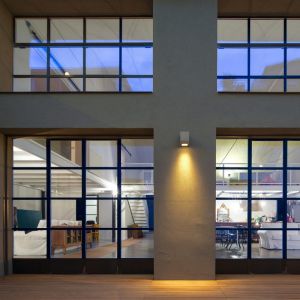
Stainless steel is formed when raw materials like Iron ore, Nickel, Chromium, Silicon, Titanium, Niobium, Manganese and Carbon are combined. There are many varieties of stainless steel as the chemical makeup of the steel influences its capabilities. The ratio can change how strong the protective oxide layer is, its strength, melting point, and how resistant it is to specific corrosives.
The raw materials are heated to their melting point and combined over a 12-hour process in an electric furnace. The excess carbon is removed through a vacuum process and sometimes stirred to distribute the raw materials evenly throughout the stainless steel. As the steel cools, it is then rolled; this can be either hot or cold rolling to create a rough shape. It is cut, shaped and then the surface is grinded down to remove impurities and make the steel smoother. Once smoothed, they create a powerful alloy that is resistant to corrosion.
Stainless steel can be painted, although, there is an issue with the cohesion of the paint. As stainless steel is almost completely smooth, the steel must be cleaned and primed adequately, or the paint will not successfully bond to the surface. Using the appropriate products designed for stainless steel will result in the successful application.
Stainless steel is considered the “green material” in the construction sector; its recovery rate is close to 100%. It is also easy to clean and considered a “hygienic material.” Stainless steel is also easy to maintain.
Each type of steel or steel finish discussed has its own benefits and qualities, whether it be aesthetically or functionally.
Mondrian’s experienced team of technical advisors are on hand to answer any steel related questions and to discuss our high-quality steel framed glazing systems in more depth.
If you are interested in any of the steel finishes discussed or are still unsure which type of steel is best for your project, get in touch with the team today.
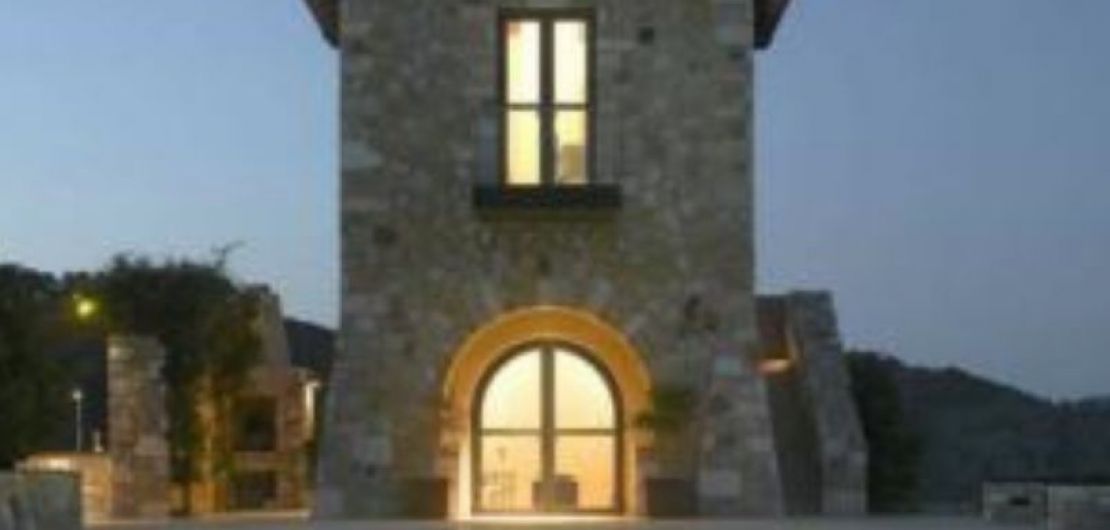
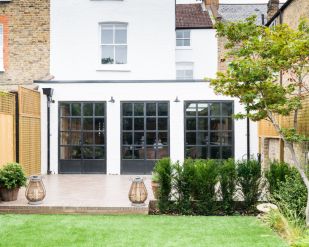 Aluminium is the most common metal globally and extracted from bauxite ore; it is not naturally occurring. The aluminium oxide goes through a process called electrolytic reduction (an electric current is sent through the material, removing other components of the aluminium oxide), creating pure aluminium.
Aluminium is the most common metal globally and extracted from bauxite ore; it is not naturally occurring. The aluminium oxide goes through a process called electrolytic reduction (an electric current is sent through the material, removing other components of the aluminium oxide), creating pure aluminium.